Piston Slap: When RON Met PON…Mon!!!

Brian writes:
Hola! First off, love the site, long time listener, first time caller. I recently had the amazing opportunity to act as chauffeur for my good Chilean friend Diego’s road trip through Patagonia. He had access to a little four banger 1998 Daihatsu Feroza (Rocky in the US) but did not know how to drive. So I gladly I wrestled this thing around Southern South America in a circuit of just over 3000 Kilometers that took us south on Chile’s famous Carretera Austral (dirt roads cutting through the Andes) and back north through Argentina’s Route 40 (very similar to route 66 in the US).
Ten days, two ferry rides, a flat tire and a dead battery along the way, but totally worth it for the amazing landscapes we traversed and experienced.
I was surprised to see that at almost every gas station we stopped at in both countries, the lowest grade octane available was 93, which being from the US I assumed was for fickle sports car engines and old ladies who don’t know any better. My question is, is this true of most countries outside the US and what are the benefits of putting high grade gasoline in an econobox?
Gracias!
PS: Included are two photos of the little green devil, I feel in love with her but unfortunately couldn’t fit her in my suit case on the flight back. So maybe a question for another day is, what is the financial feasibility of purchasing a car in another country instead of renting and then shipping it back to the US after your trip? Auto-tourism?
Sajeev answers:
Well, if I fell in love with my decal-less “16 Valve EFI” Ford Ranger, I can totally relate. Financial feasibility of shipping cars like that? None, but importing them as an antique (over 25 years old) is somewhat feasible but still challenging. Perhaps an update on my imported Ford Sierra is in order. And while a Merkur XR4ti is no substitute for a proper Ford Sierra Ghia 5-door, I’m guessing that isn’t true about the Feroza-Rocky: just get a US-Spec Rocky.
To your other question, a simple answer: regional octane ratings fit under the RON, PON, or MON systems. You didn’t see “our” 93 octane gas, most countries in South America use a different octane rating system. I mentioned this once before to an intrepid Piston Slapper in Pakistan, and the same is true here. Per Wikipedia:
“Chile: 93, 95 and 97 RON are standard at almost all gas stations thorough Chile. The three types are unleaded.”
So odds are the gas you saw/smelled was closer to “our” 87 octane, not 93 octane. But don’t take my word for it, listen to your fellow TTAC readers:
TTAC Commentator John R writes:
Visiting the parents in Panama and I had to grab a photo of this. Gasoline a bit dearer, but you have choice between 91 and 95(!!!) octane. Diesel is also relatively cheaper…depending where you are Stateside.
Also, as a side note:
Just from driving around US metal is sucking major wind down here. Korea and Japan (in that order for good reason $20k for a Civic basic!) are run it with Peugeot, Fiat and Skoda picking up the scraps…Skoda! The typical luxury suspects are here also but with Cadillac being nonexistent. One wonders if they are even being sold down here. What is a bit more interesting to me is that I see a lot more of the Infiniti EX than the G. The Qashqai is in well represented for good reason – its a real looker. Seriously, I want a Qashqai. If the Rogue didn’t already look homely enough…
Send your queries to sajeev@thetruthaboutcars.com. Spare no details and ask for a speedy resolution if you’re in a hurry.

More by Sajeev Mehta
Latest Car Reviews
Read moreLatest Product Reviews
Read moreRecent Comments
- Sayahh I do not know how my car will respond to the trolley problem, but I will be held liable whatever it chooses to do or not do. When technology has reached Star Trek's Data's level of intelligence, I will trust it, so long as it has a moral/ethic/empathy chip/subroutine; I would not trust his brother Lore driving/controlling my car. Until then, I will drive it myself until I no longer can, at which time I will call a friend, a cab or a ride-share service.
- Daniel J Cx-5 lol. It's why we have one. I love hybrids but the engine in the RAV4 is just loud and obnoxious when it fires up.
- Oberkanone CX-5 diesel.
- Oberkanone Autonomous cars are afraid of us.
- Theflyersfan I always thought this gen XC90 could be compared to Mercedes' first-gen M-class. Everyone in every suburban family in every moderate-upper-class neighborhood got one and they were both a dumpster fire of quality. It's looking like Volvo finally worked out the quality issues, but that was a bad launch. And now I shall sound like every car site commenter over the last 25 years and say that Volvo all but killed their excellent line of wagons and replaced them with unreliable, overweight wagons on stilts just so some "I'll be famous on TikTok someday" mom won't be seen in a wagon or minivan dropping the rug rats off at school.




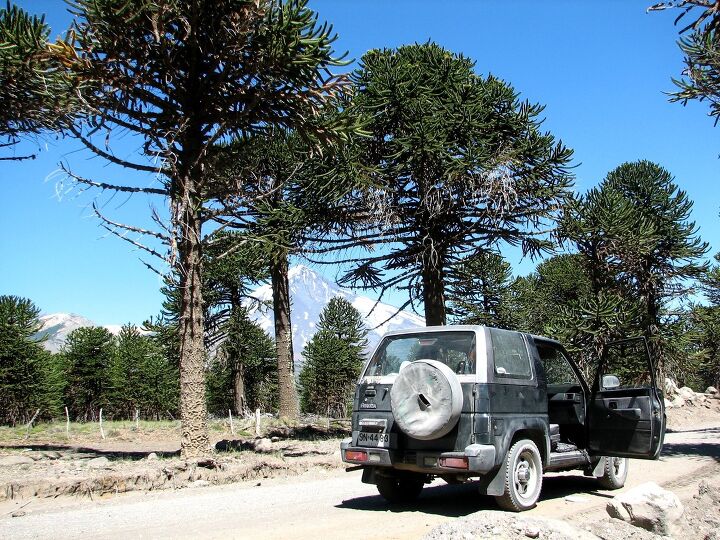















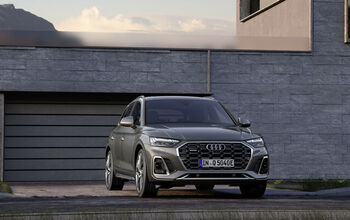
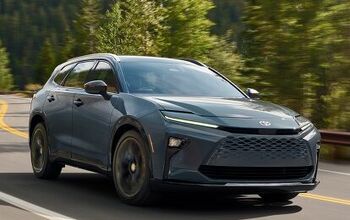
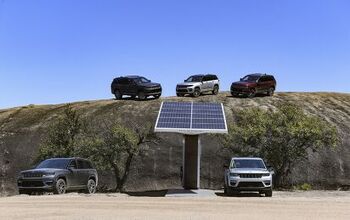

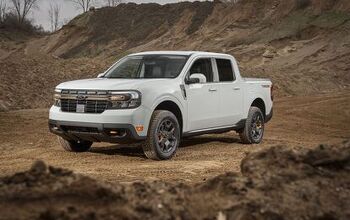
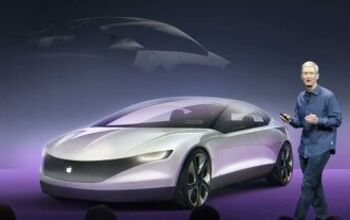

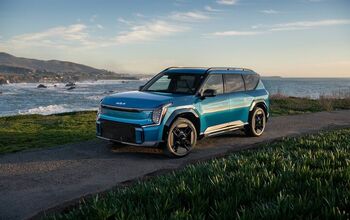

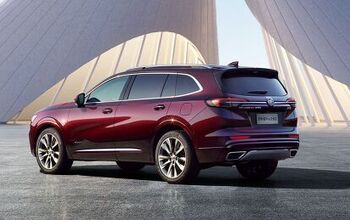
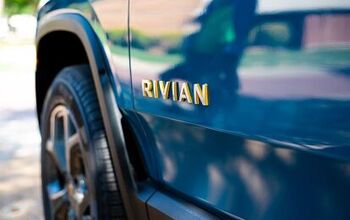
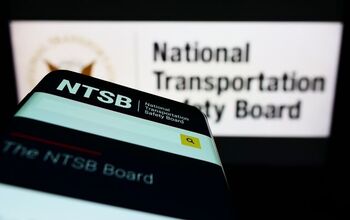
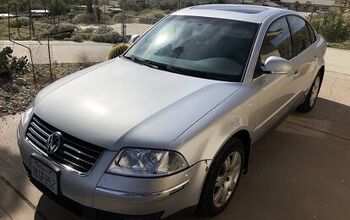
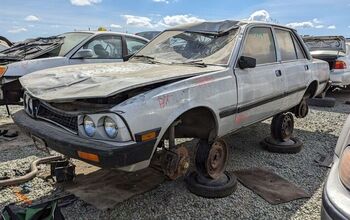
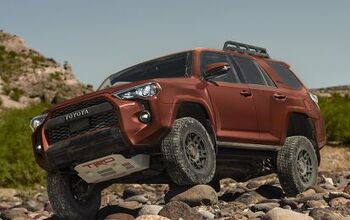
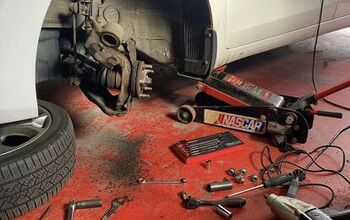
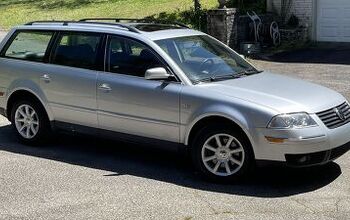
Comments
Join the conversation
Europe and many other locations use RON, which is about 8-10 points higher than MON. US is (RON + MON)/2, so generally it's about 4-5 points lower than the RON rating. MON is a simulation under load conditions that may induce knock, so obviously the rating would be lower than RON which is under more ideal conditions. That 93 octane in Chile is probably either 88 or 89 here. However, if you were actually in the Andes, you would be able to get away with lower octane, like in Denver. Denver's standard "regular" is 85 instead of 87 for regular because the elevation makes your car knock less.
Oh come on OP, there are cars other than picky sports cars and other customers than old ladies, who need 93.